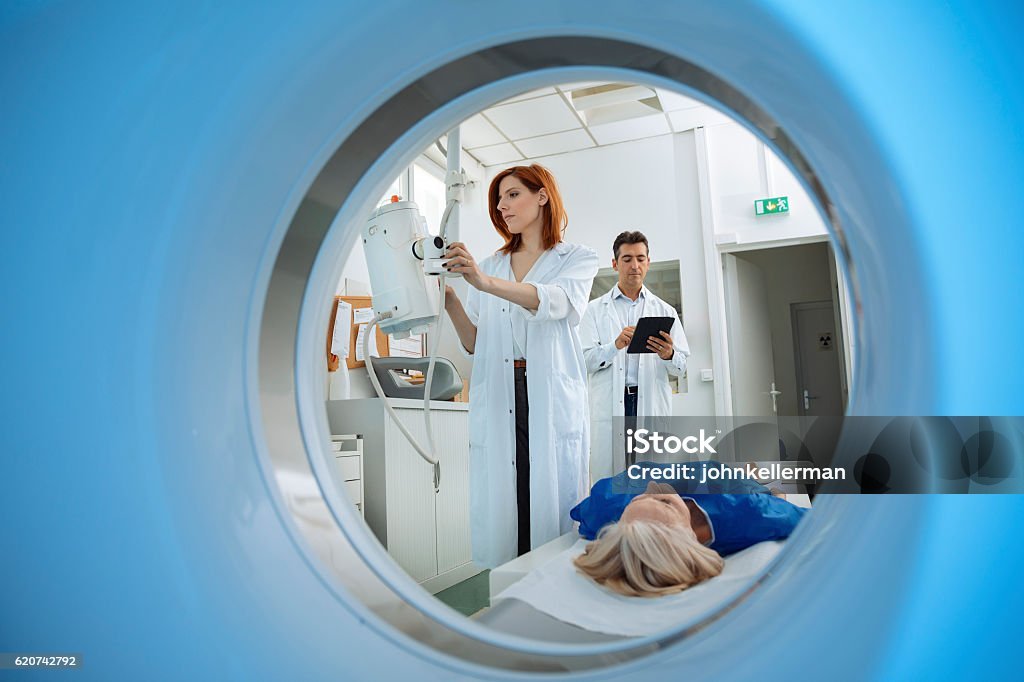Radiologic technology, often referred to as radiography or medical imaging, is a specialized field within healthcare responsible for producing medical images of the body to aid in diagnosis and treatment. This field encompasses various imaging modalities such as X-rays, computed tomography (CT), magnetic resonance imaging (MRI), and ultrasound. Aspiring radiologic technologists undergo rigorous training to acquire the necessary skills and knowledge to perform their duties effectively. The question often arises: Is radiologic technology hard?
The Educational Journey
Becoming a radiologic technologist typically requires completing a formal education program accredited by the Joint Review Committee on Education in Radiologic Technology (JRCERT) or a similar accrediting body. These programs, offered at universities, colleges, and hospitals, vary in duration but commonly result in an associate or bachelor’s degree.
The curriculum covers a broad range of subjects, including anatomy, physiology, patient care, radiographic positioning, radiation protection, imaging techniques, and radiation physics. Students must grasp complex concepts related to human anatomy and pathology, understand the principles of radiation physics, and develop proficiency in operating sophisticated imaging equipment.
Clinical Training and Certification
In addition to classroom instruction, students undergo extensive clinical training in healthcare facilities under the supervision of experienced technologists. This hands-on experience is crucial for honing skills in patient positioning, radiation safety, image quality optimization, and communication with patients and medical staff.
Upon completion of their education, aspiring radiologic technologists often pursue professional certification. The American Registry of Radiologic Technologists (ARRT) is the primary certifying body in the United States, offering certification in various imaging modalities. To become certified, individuals must meet educational requirements, pass a comprehensive exam, and adhere to ethical standards.
Challenges in Radiologic Technology
Radiologic technology presents several challenges that contribute to its perceived difficulty:
- Complexity of Anatomy and Pathology:Radiologic technologists must possess a thorough understanding of human anatomy and pathology to accurately position patients and produce diagnostic images. This requires continuous study and retention of anatomical structures and their variations.
- Technical Proficiency:Operating imaging equipment such as X-ray machines, CT scanners, and MRI machines requires technical expertise. Technologists must master various imaging protocols, adjust parameters for optimal image quality, and troubleshoot equipment malfunctions.
- Radiation Safety: Ensuring patient and personnel safety in radiology involves understanding radiation physics, implementing appropriate shielding measures, and minimizing radiation exposure without compromising image quality. Technologists must adhere to stringent safety protocols and regulations.
- Patient Care:Radiologic technologists interact closely with patients, many of whom may be in pain, anxious, or physically limited. Providing compassionate care, maintaining patient comfort, and obtaining necessary imaging despite challenging circumstances require empathy and communication skills.
- Continuous Learning:Advances in imaging technology and healthcare practices necessitate ongoing education and professional development for radiologic technologists. Staying updated with the latest techniques, equipment upgrades, and best practices is essential for delivering high-quality patient care.
Conclusion
While radiologic technology presents its challenges, it is a rewarding and indispensable profession within healthcare. The combination of theoretical knowledge, technical skills, patient interaction, and commitment to safety makes it a multifaceted and dynamic field. Success in radiologic technology requires dedication, perseverance, and a genuine desire to contribute to patient care and diagnosis. While the journey may be demanding, the fulfillment derived from helping patients and playing a vital role in healthcare makes it a worthwhile pursuit for those passionate about medical imaging.




